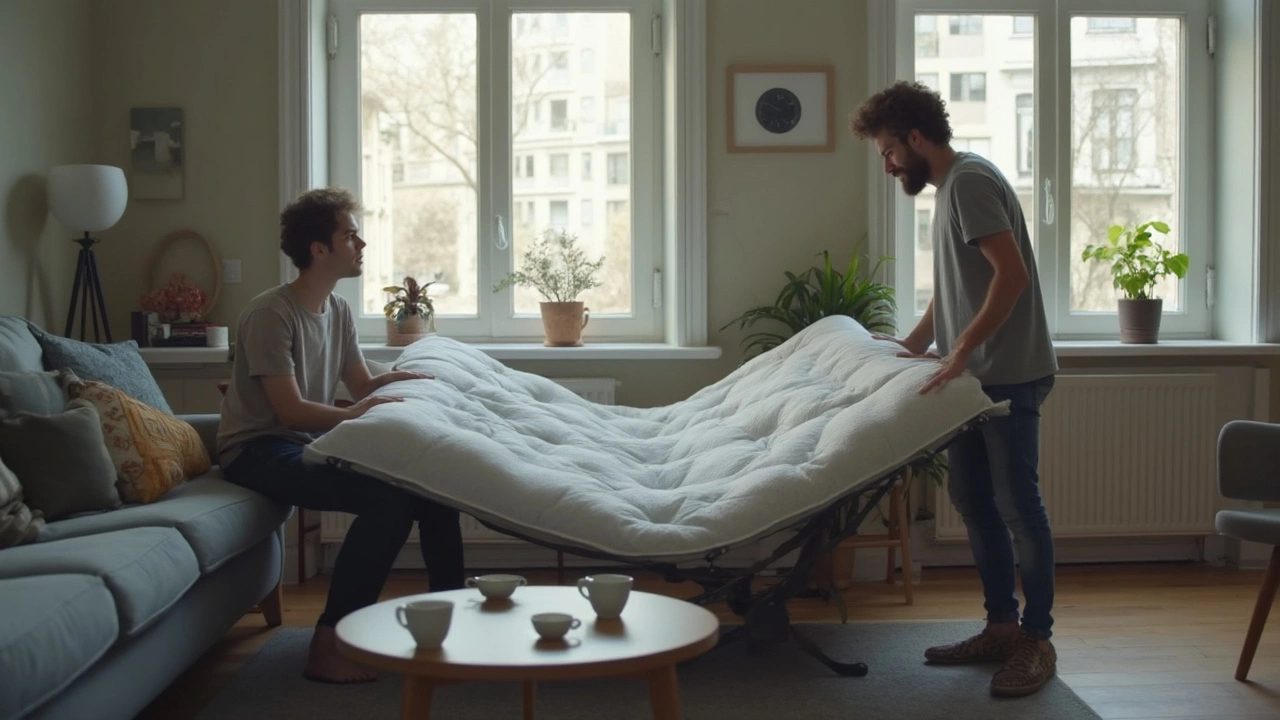Durability Tips for Bedroom Furniture in East Yorkshire
When you invest in a custom wardrobe or a new bed, you want it to stand up to daily use for years. The good news is that durability isn’t a mystery – it’s about picking the right material, finishing it properly, and caring for it the right way. Below are the practical steps you can take right now to keep your bedroom pieces looking fresh and solid.
Choose Materials That Hold Up
Solid hardwoods like oak, ash, and walnut are the gold standard for bedroom furniture. They resist dents and scratches better than particle board or MDF. If you prefer a lighter look, laminated MDF can work, but make sure the laminate is a thick, high‑pressure type. Metal frames are great for modern beds; powder‑coated steel won’t rust if the coating stays intact.
Think about the finish, too. A good oil‑based varnish penetrates the wood and creates a tougher surface than a surface‑only lacquer. For metal, a double‑coat powder finish adds extra protection against humidity – a big plus in the Yorkshire climate.
Mind the Construction Details
Sturdy joints are the backbone of durability. Look for dovetail or mortise‑and‑tenon joints in drawers and cabinets. Avoid cheap stapled or glued corners; they can pull apart with weight. Reinforced drawer slides made from metal will glide smoother and last longer than cheap plastic glides.
Check the hardware: solid brass or stainless steel handles and hinges are less likely to corrode. If you see rust or loose screws, tighten them right away – small issues become big ones if ignored.
Keep It Clean, Keep It Safe
Dust and spills are the silent killers of furniture. Wipe down surfaces with a soft, slightly damp cloth and a mild wood cleaner. Avoid harsh chemicals that strip the finish. For leather headboards, use a dedicated leather conditioner every six months to keep the material supple.
Humidity swings can make wood swell or shrink. Use a dehumidifier in damp months and a humidifier in very dry periods. A stable environment stops the wood from cracking or the metal from expanding and warping.
Plan for Everyday Wear
Place felt pads under lamps and monitors to stop scratches on the nightstand. Use a mattress protector to keep the bed frame from moisture damage. When moving furniture, lift rather than slide it across floors – even a small drag can chip a finish over time.
Finally, schedule a quick check once a year. Tighten any loose screws, reapply a thin coat of oil or wax to wooden surfaces, and give metal frames a fresh dust‑off. A little preventive work now saves a lot of hassle later.
By picking strong materials, paying attention to how pieces are built, and giving them regular care, your bedroom furniture will stay sturdy and stylish for many years. That’s the smart way to protect your investment and enjoy a bedroom that looks as good as the day you bought it.
Sofa Bed Disadvantages: What You Need to Know Before Buying
Sofa beds sound like the perfect multitasker, but they're not always as convenient as they seem. This article digs into the downsides of owning a sofa bed, from comfort struggles to long-term wear and tear. You'll get practical tips to help you spot any hidden problems before you buy. Find out how sofa beds can affect your daily routine and what you can do to work around their quirks. Make a smarter choice by seeing the full picture.







